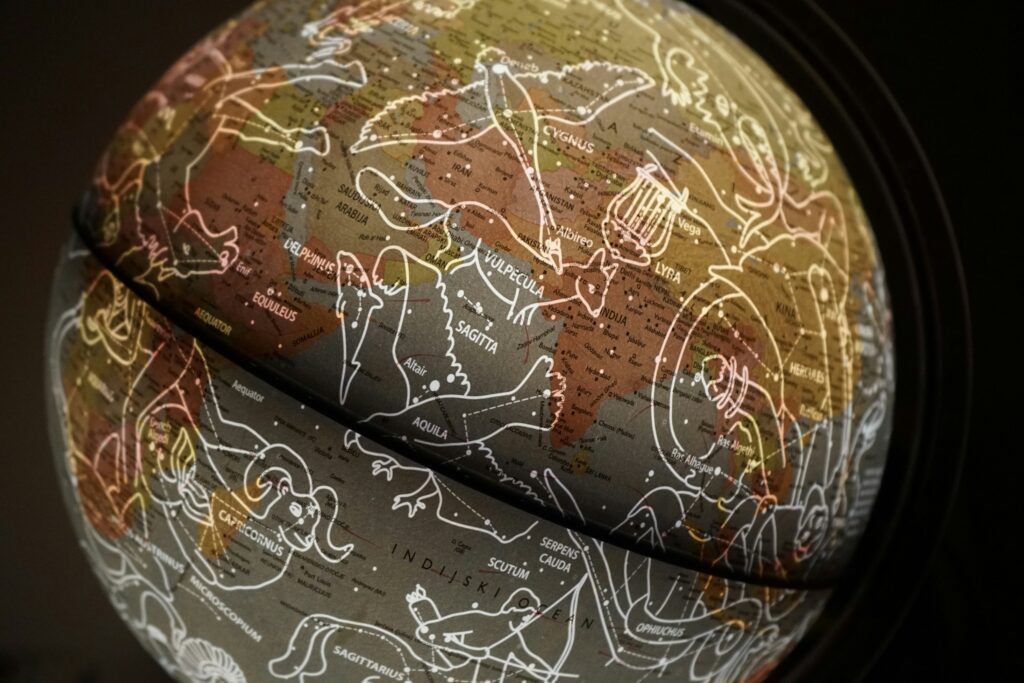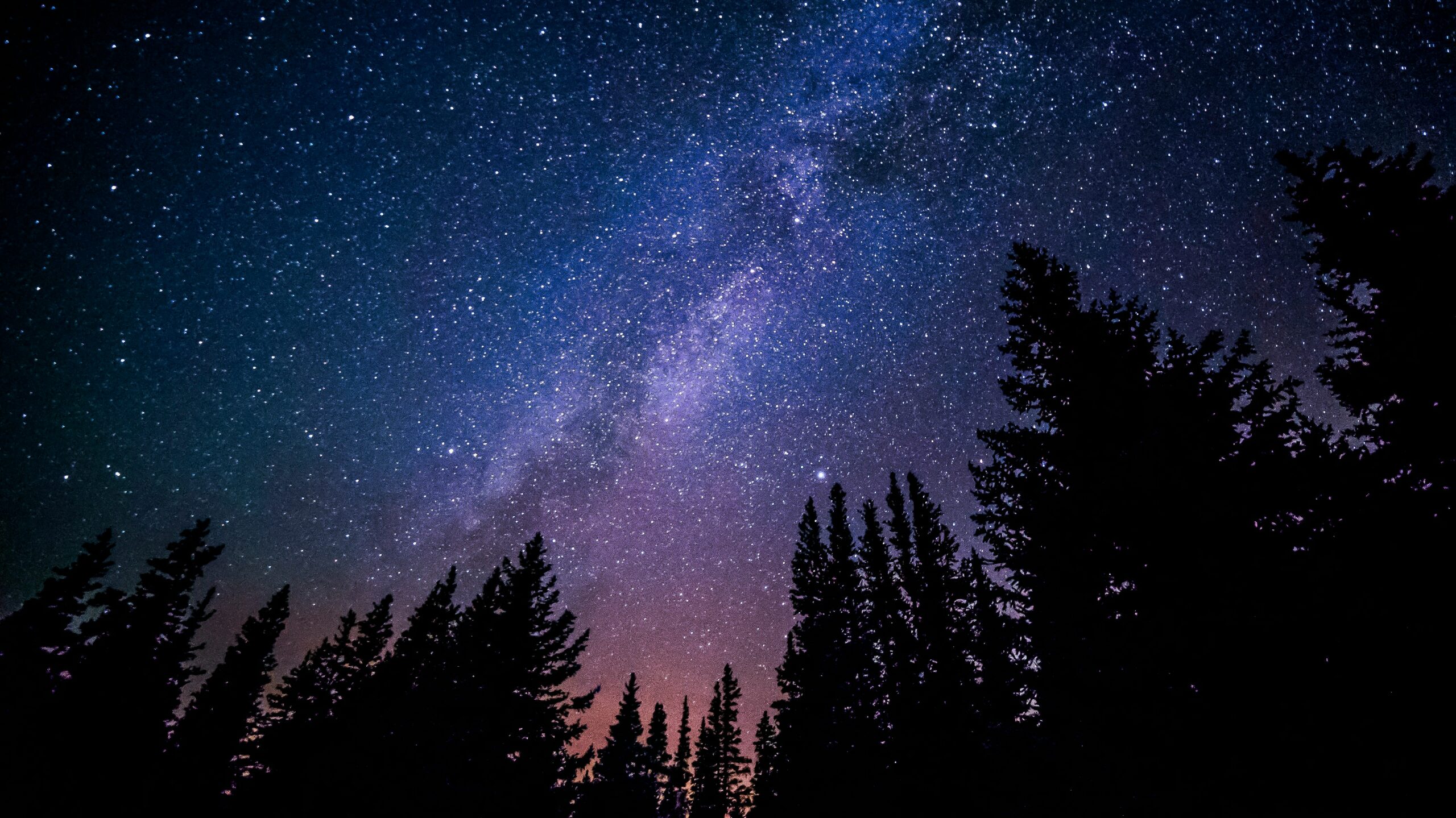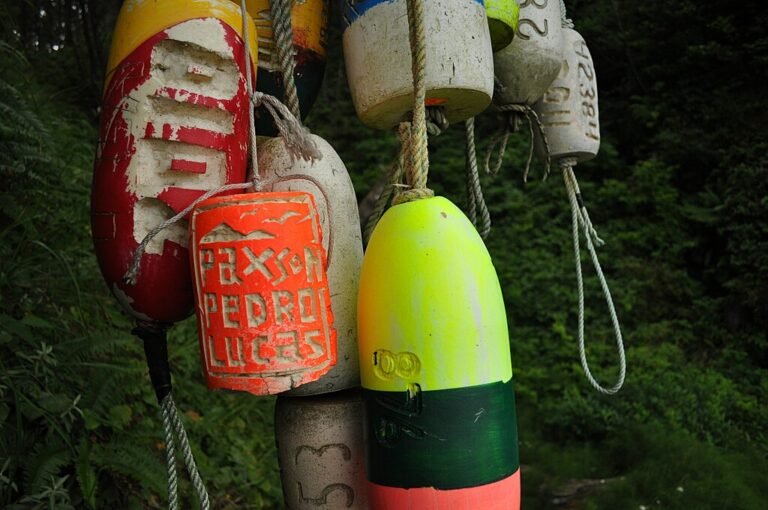Stargazing
One of the joys of backpacking is seeing the night sky away from light pollution. There are so many more stars visible and they seem so bright. We often lie on our backs watching for shooting stars, especially if we are backpacking in mid-August during the Perseids meteor shower. Apart from Orion’s Belt and the Big Dipper, though, I don’t really know how to identify any constellations, and would love to learn to recognize a few more.

Constellations
This video is perhaps a little dry, but I think would be a good one to use nighttime at home to begin to get the lay of the sky.
Star Charts
We’ve had a basic star chart for years (it looks like the blue one at the beginning of the following video). I don’t think it’s actually ever made it out of our backpacks on trips though! I wonder if this video would help us finally get some use from it:
Night Sky Apps
There are a lot of apps for would-be astronomers. We would need to use sparingly to avoid battery drain, but I think it would be fun to try.
Here is one article, and another, evaluating some of the available apps. Both of these articles recommend Star Walk 2 as a good app for beginners, which allows viewers to “see the real-time interactive sky map on the screen of your phone and enjoy stars, planets, and constellations.”
I’ll download the free version of this to start and see how I like it. It certainly has a pretty and imaginative picture of each constellation!

Hopefully by next summer I’ll feel a bit better equipped to appreciate the wonders in the sky above us at night!







